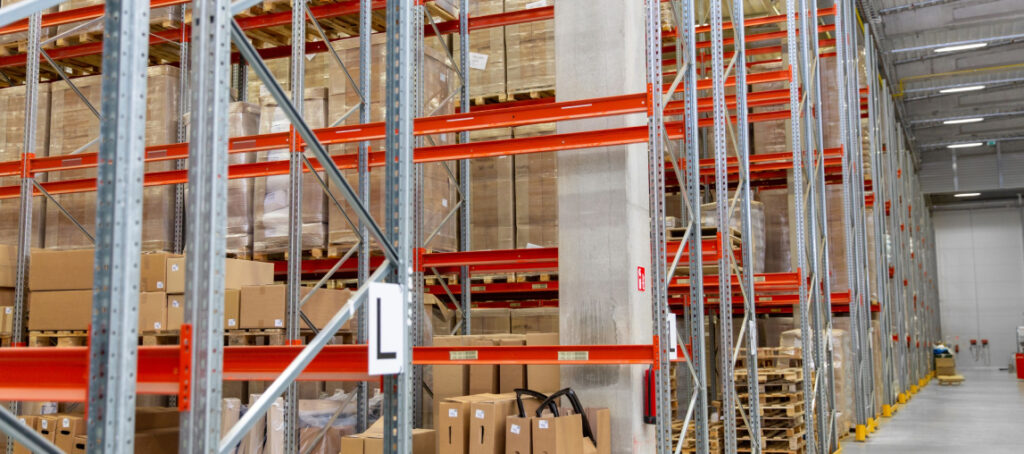The warehousing and logistics industry has seen major changes in recent years. This is due to new technologies, changing customer demands, and the growth of e-commerce. Looking ahead, the future of warehousing will be shaped by emerging trends and technologies. These promise to transform how goods are stored, managed, and delivered.
Here is the step-by-step guide: Warehousing and Logistics
1. Automation and Robotics:
One of the biggest shifts shaping warehousing’s future is the widespread use of automation and robots. Warehouses and logistics are increasingly turning to technologies like self-driving mobile robots and robotic picking systems to boost efficiency, cut labor expenses, and enhance productivity. These tools streamline operations, optimize workflows, and allow warehouses to manage larger inventories faster and more precisely.

2. Artificial Intelligence (AI) and Machine Learning:
AI and machine learning have become crucial in warehouse management. These tools allow warehouses to analyze huge amounts of data instantly, offering insights to enhance inventory control, forecast demand, and improve decision-making. AI-powered algorithms can also optimize picking paths, reduce travel time, and spot chances for process enhancements, ultimately boosting efficiency and cutting costs.
3. Internet of Things (IoT):
The internet has transformed how warehouses and logistics track and handle their resources. By linking devices, machinery, and sensors to the web, warehouses can gather real-time data on inventory levels, equipment performance, environmental conditions, and employee productivity.
This provides valuable insights that help optimize operations and improve efficiency. This data allows warehouses to make smarter choices, spot problems early, and improve how they work for better efficiency and accuracy. By using this data, warehouses can make more informed decisions, proactively identify issues, and optimize their operations to run more smoothly and precisely.
4. Warehouse Management Systems (WMS):
Warehouse management systems (WMS) have become highly advanced, equipping warehouses with powerful tools for inventory tracking, order fulfillment, and optimization. These modern WMS solutions leverage cloud computing, real-time data analytics, and mobile apps to boost visibility, streamline workflows, and enhance collaboration across the supply chain. With these capabilities, warehouses can operate more efficiently, cut costs, and deliver a superior customer experience.
5. Sustainability and Green Initiatives:
Sustainability is now a key concern for both companies and customers. In response, warehouses are adopting eco-friendly practices to reduce their environmental footprint. They are implementing green initiatives to lessen their impact on the planet. Warehouses recognize the importance of minimizing their carbon emissions and waste production.
From energy-saving lights and solar power to eco-conscious product packaging and recycling plans, warehouses are embracing sustainable methods across their operations. By cutting back on waste, preserving resources, and using renewable energy, warehouses can lower their environmental impact as well as save money and boost their brand’s reputation.

If you are looking for professional services, you can consider RGX Group for its premium quality. They are one of the reliable warehousing partners in Canada.
Conclusion:
In conclusion, the future of warehousing is bright and full of possibilities.
The future of warehousing and logistics looks promising, with many exciting possibilities. By adopting high-quality technologies like automation, AI, IoT, and warehouse management systems, along with sustainability practices, warehouses can optimize their operations, boost efficiency, and stay competitive in the constantly evolving market.
